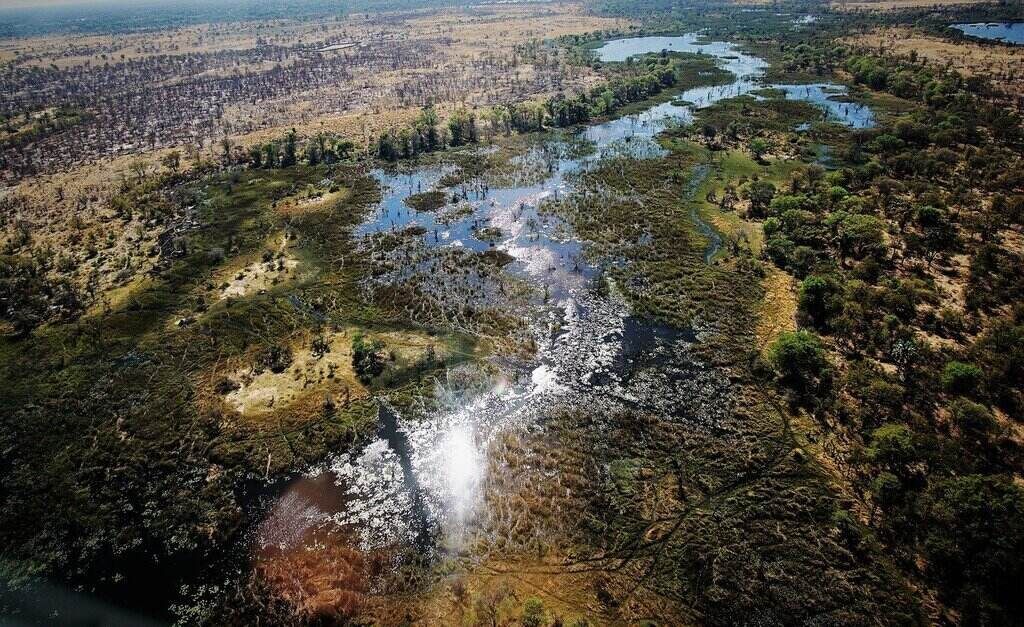Tucked away deep in the unforgiving Kalahari Desert, a thriving oasis lies waiting to be discovered. It exists in a country with a charged and exciting history, ranging from ancient civilisations to beautiful geographic formations and rock paintings.
Botswana is where the desert erupts into life, where water channels wind their way through scorching-hot sands. Where herds of elephants and magnificent animals thunder across the land and flocks of birds take to the sky in splendour.
This is just a short description of the amazing and gripping world of Botswana. For us to really explain the country’s beauty and character, we need to tell you the story of Dr David Livingstone’s journey to its crowning glory, the Okavango Delta.
Journey To The Okavango Delta: Livingstone’s Mission
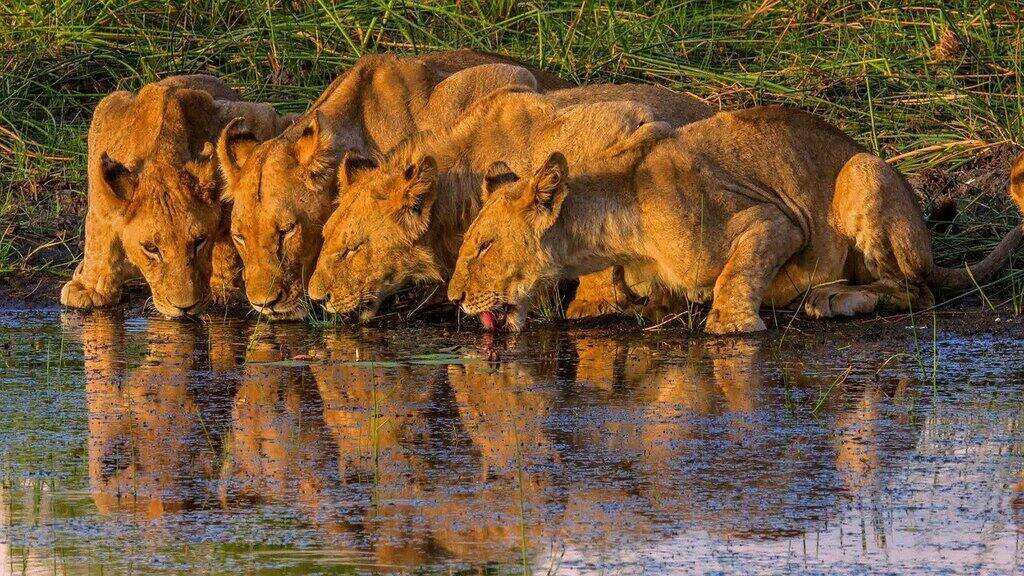
Tasked with the assignment of spreading the Christian faith, this Scottish missionary built Botswana’s first school, clinic, and church. This passionate man contributed to the spread of peace, education, and faith within the land.
All was harmonious until tragedy suddenly struck. Conflict broke out between the local Bakwena, European settlers, and the Boers. Livingstone’s mission and settlement was burned to the ground by an angry mob.
With their safety at risk, he decided to send his family back to England and aborted his mission. However, this proved to be a small bump in the road for Livingstone.
He risked much in the hope of abolishing slavery. As a result, he earned a healthy respect from Botswana’s local tribes.
While interacting with the San, Livingstone stumbled upon an interesting piece of information. This proved to be the inspiration for his next mission.
Livingstone was amazed to hear about a vast body of water said to exist in the heart of the Kalahari Desert. He was determined to see it with his own eyes.
The Baobab: Botswana’s Life-Giving Nature
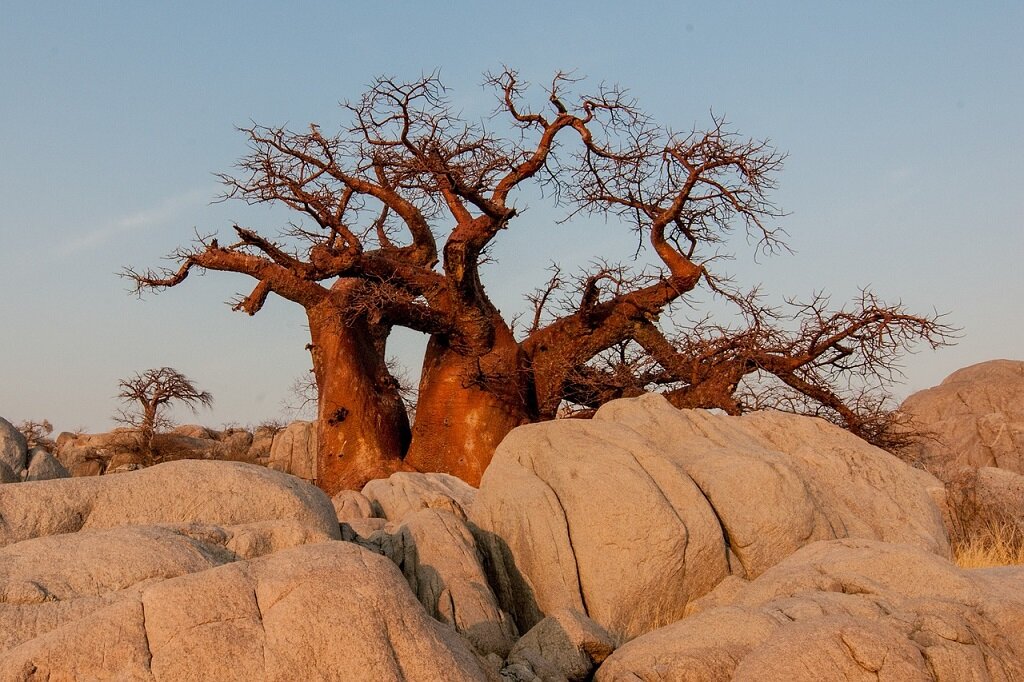
Livingstone’s journey navigating the treacherous desert was a long and challenging one. Many of his oxen died of thirst and his brave party members were struck by several illnesses.
Yet, Livingstone continued his search as if he was magnetically drawn to this elusive oasis destination.
At a pivotal point in his journey, Livingstone and his desert expedition spied what appeared to be clumps of trees on the horizon. These mysterious giants were revealed to be ancient Baobab trees.
These trees were a saving grace for the thirst-crazed travellers. The explorers were able to chew on the spongy bark and harvest water from the branches to quench their thirst.
These giant Baobabs survive by storing huge amounts of water in their trunks. They have a life-giving ability to bear fruit in even the harshest of climates. In a way, this tree is a symbol of Botswana’s vibrance and lust for life.
Thomas Baines, Victorian artist and Livingstone’s desert comrade, was deeply moved by the trees. In tribute, he immortalised the Baobabs as works of art.
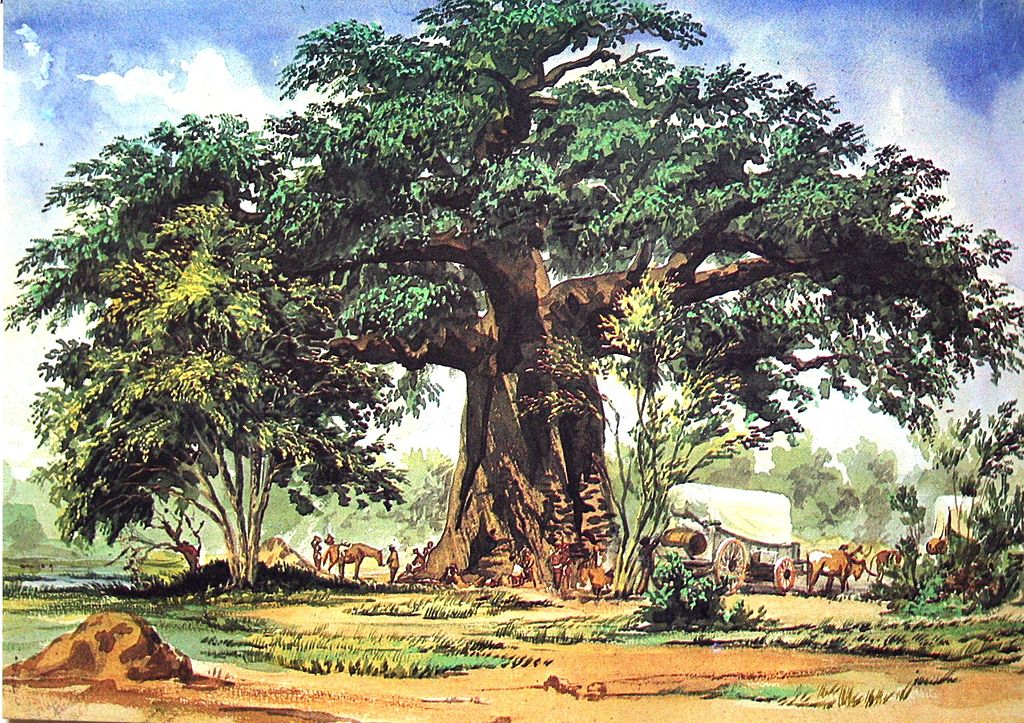
The San were also struck by the appearance of the baobab. As San legend goes, in the beginning God gave each and every one of the animals a seed to plant. The haughty hyena was picked last and took offence to the order of things.
The hyena was so angry that it decided to plant its own seed upside down with the roots reaching up to the sky. Interestingly, the Livingstone party’s observations seemed to confirm the legend’s description. They believed the trees looked like upside-down carrots!
Okavango Delta’s Discovery
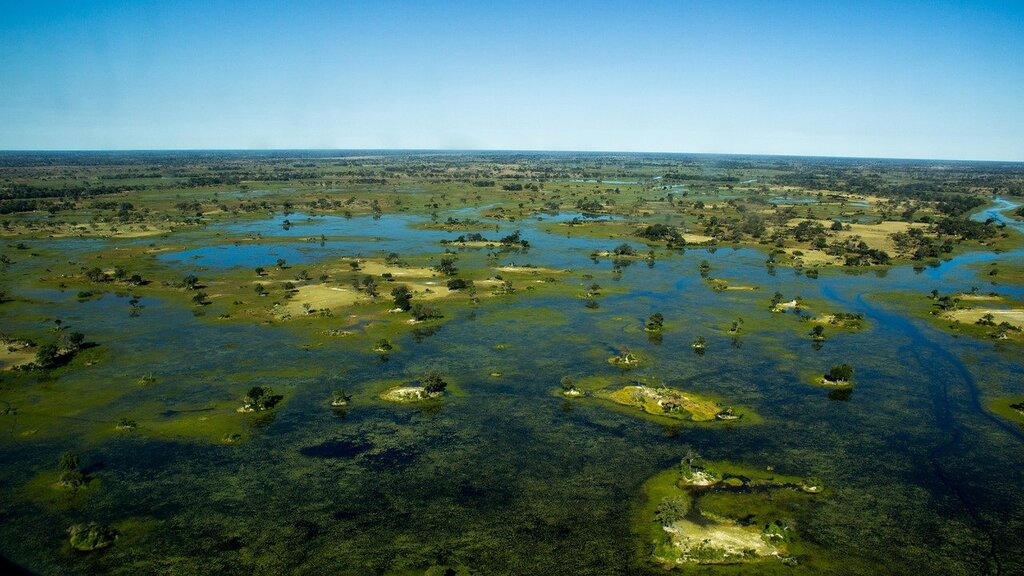
Livingstone went on his journey, sharing peace and grace throughout the land as he searched for the massive oasis.
Ultimately, it was the then-dry Boteti River that ended up being the key to unlocking the location of the Okavango Delta.
When Livingstone laid eyes on the watery expanse for the first time, he almost collapsed. In writing, he said:
“There lay spread before me an immense sheet of water only bounded by the horizon. The object of my ambition for years and for which I had abandoned home and friends, and risked my life.”
Nothing could compare to this vision of splendour and burst of life after months in the desert’s savage conditions.
Botswana’s Ecotourism
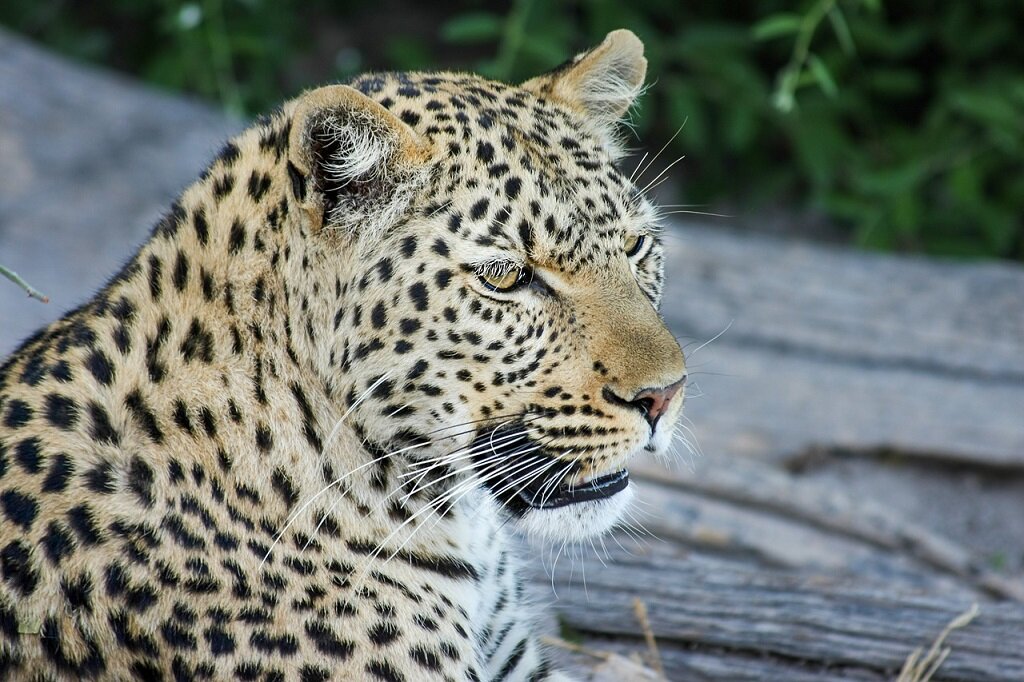
Thankfully, much of the Okavango Delta remains unaltered since Livingstone’s time. However, one positive change is that more people have access to the Jewel of Botswana, thanks to modern modes of travel.
Maun, Botswana’s tourist capital, is a tourist hub for those itching to explore the Delta. Air charter companies arrange scheduled flights that offer bird’s eye views of the colourful tapestry of wondrous wildlife, immense waters, and fantastic flora below.
This is an absolute must for safari enthusiasts who share Livingstone’s magnetic passion for this country. Especially considering that the Okavango Delta ranks fourth in the Lonely Planet ultimate travel destination list!
Botswana’s now-thriving national parks were not always so well looked after. At one point in the past, the parks were being dangerously overcrowded by tourists. The revenue was little and the tourists had little respect for the land.
Luckily, the government intervened. In the 80s, the decision was made to multiply all the park admission fees by 10. This action completely transformed the parks and revolutionised the country’s tourism.
The number of tourists decreased, however, revenue flowed in. This gave Botswana’s wildlife the much-needed time and space it needed to catch its breath and grow once more.
Animal population sizes soared as did the stunning plantlife. With the improvement in vitality, the exclusivity and quality of the famed Botswana Safari also increased. Making it a top entry on most safari fans’ bucket lists.
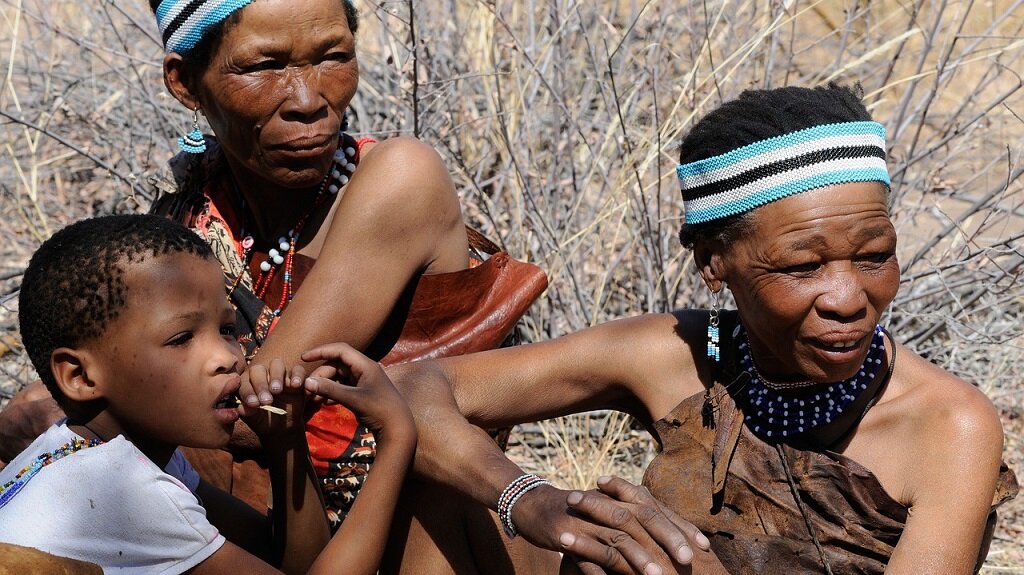
Botswana also strives to preserve its people through ecotourism measures. The country’s nature conservation is given into the capable hands of local tribes.
Local communities lease the land to safari operators running lodges and camps in the area. The camps cater to wealthy tourists while also paying fees to the tribes.
These safari accommodations also source their workforces locally. This benefits the surrounding area and reduces poverty.
San people now have hands in both the past and the present. Some act as safari guides in reserves and others perform spiritual dances in cultural displays for interested visitors.
In this way, a beautiful balance is achieved between the preservation of culture, the economic rewards of tourism, and nature conservation in this breath-taking land.
Contribute To Botswana’s Longevity
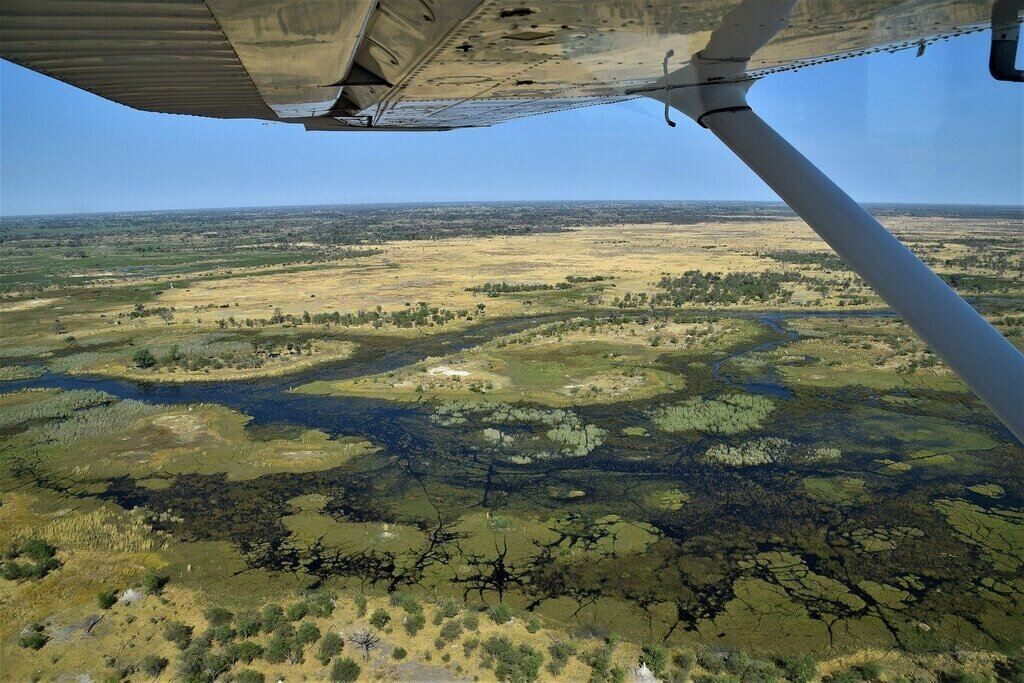
Similar to the “alone time” the world was encouraged to take during 2020, Botswana’s animals, birds, plants, and environment have also had time to reflect and grow.
Recent abundant rains have led to an unbelievable surge in the number of animals. And, an renewed explosion of green in the form of trees, shrubs, and exotic plants.
There has never been a better time to visit Botswana and the Okavango. By booking a safari trip to this country, wildlife lovers contribute to the land, its wildlife, and its unparalleled diversity.
Give back to a country, that like the ancient baobab, has given life for thousands of years. Come and experience the life-giving waters of the Okavango Delta and Botswana’s extraordinary ecosystem for yourself.
